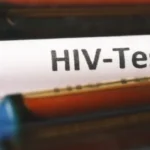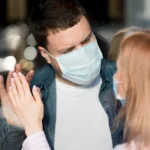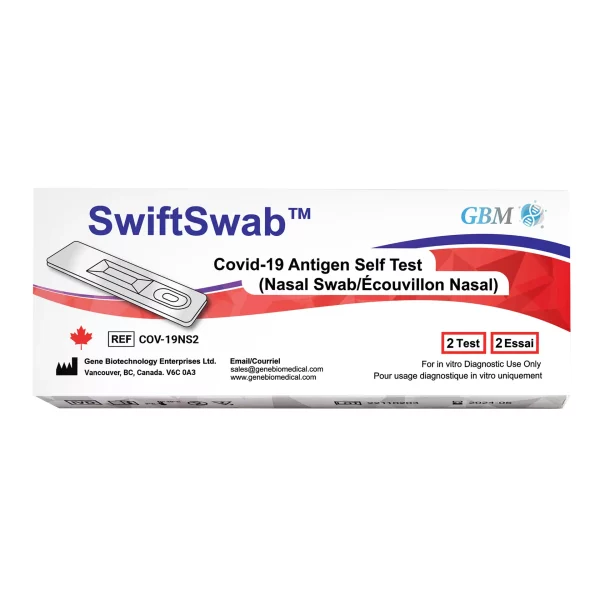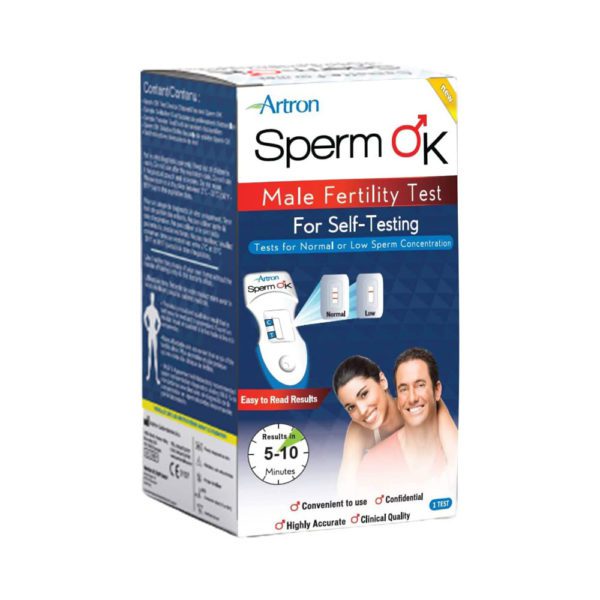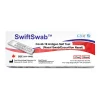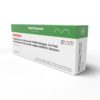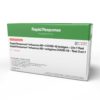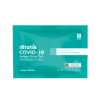Respiratory Syncytial Virus (RSV) is a common viral infection primarily affecting the respiratory system. It is a significant concern, particularly for infants, young children, older adults, and individuals with weakened immune systems. Understanding the contagious nature of RSV is crucial in preventing its spread and ensuring timely care for those affected.
In this blog post, we will get into the scientific details surrounding RSV, discussing its symptoms, contagiousness, duration of contagion, prevention measures, and when to seek medical attention.
What is RSV (Respiratory Syncytial Virus)?
RSV, short for Respiratory Syncytial Virus, is a viral infection (RSV infection) that primarily affects the respiratory tract. It belongs to the family Paramyxoviridae and is a leading cause of respiratory illnesses in individuals of all ages, particularly premature infants and young children.
An RSV infection usually starts in the upper respiratory tract, causing a range of symptoms from mild cold-like symptoms. When left untreated, it may spread in the lower respiratory tract and cause a severe RSV illness characterized by trouble breathing and dehydration, even among adults.
Severe illness caused by RSV may even lead to Chronic obstructive pulmonary disease (COPD), a chronic lung disease common in older adults.
Is there an RSV infection season?

Yes, RSV tends to have a seasonal pattern, with increased transmission occurring during the winter and spring months. However, it’s important to note that RSV can still occur outside the typical season, albeit less frequently.
What are the symptoms or signs of RSV?
The symptoms and signs of Respiratory Syncytial Virus (RSV) can vary depending on the individual’s age and the infection’s severity. Here is a comprehensive list and discussion of the common symptoms associated with RSV:
- Runny nose: RSV infections often begin with a congested or runny nose. This symptom may persist throughout the illness.
- Cough: A persistent cough is a common symptom of RSV. The cough may start as a dry cough and progress to a wet or productive cough as the infection progresses.
- Sneezing: RSV can cause frequent sneezing episodes, similar to what is experienced during a common cold.
- Fever: Many individuals with RSV develop a fever, which is often mild to moderate in severity. In infants, fever may be the only noticeable symptom.
- Mild symptoms resembling a cold: RSV infections in older children and adults often present with mild cold symptoms. These symptoms may include a sore throat, mild headache, and fatigue.
- Wheezing: Occasionally, RSV can cause wheezing, a whistling or high-pitched sour during breathing. Wheezing is more common in infants and young children.
- Rapid breathing: RSV infections can lead to rapid breathing or increased respiratory rate, especially in severe cases. This is more noticeable in infants and young children.
- Breathing difficulty: Severe RSV infections can cause significant difficulty breathing, characterized by shortness of breath, retractions (visible inward pulling of the skin between the ribs during breathing), and nasal flaring (widening of the nostrils with each breath).
- Cyanosis: In rare cases, RSV can lead to cyanosis, a bluish discoloration of the lips, nails, or skin. Cyanosis indicates a decrease in oxygen levels and requires immediate medical attention.
When should I take someone with RSV symptoms to see a healthcare professional?
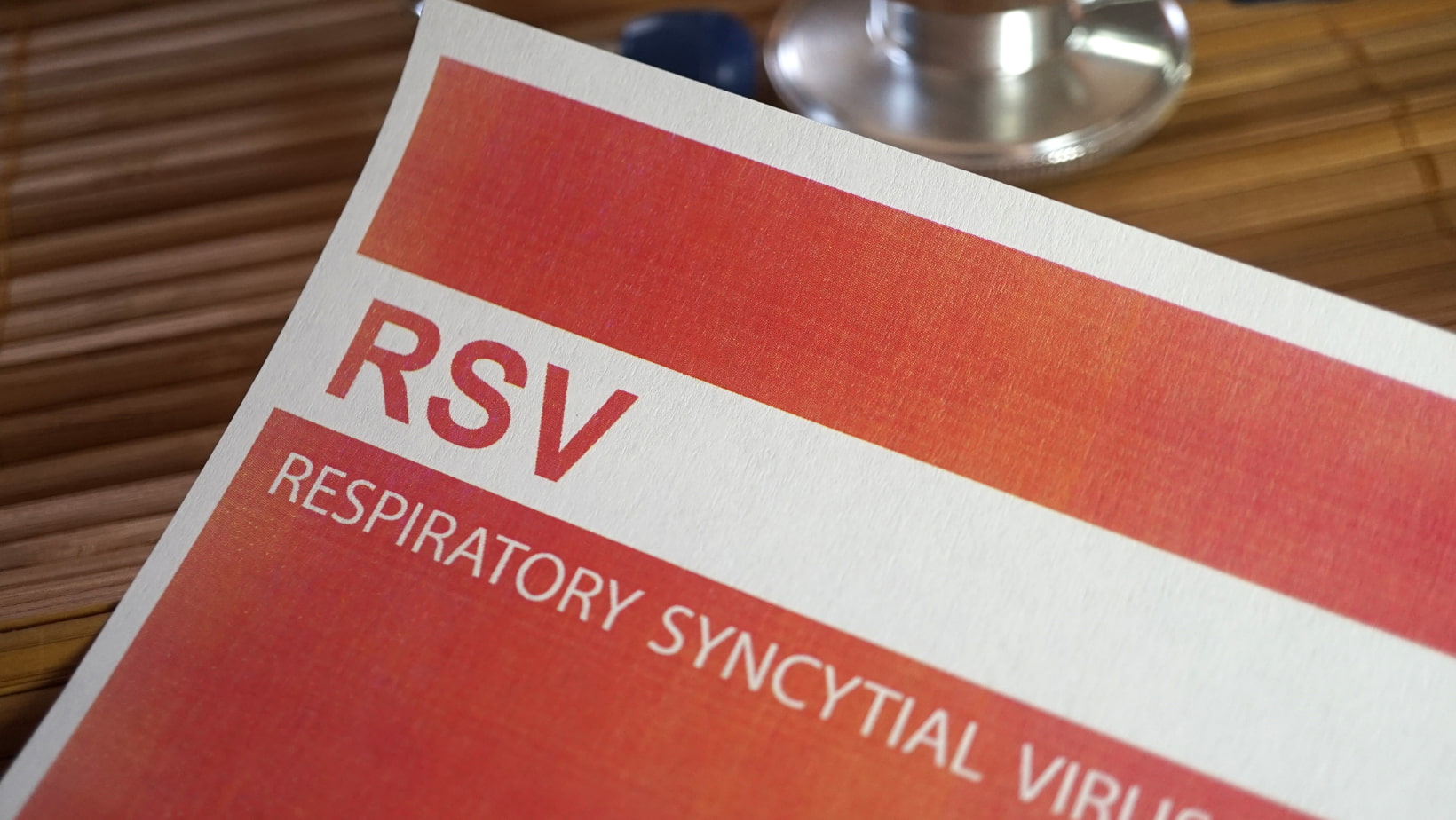
If you or your loved one experiences symptoms of RSV, it is crucial to monitor symptoms to prevent severe RSV illness. Seek medical attention if the individual exhibits any of the following signs: difficulty breathing, persistent high fever, dehydration, bluish coloration of the lips or nails, or significant lethargy. Infants, young children, older adults, and individuals with pre-existing medical conditions such as chronic lung disease or weakened immune systems should receive prompt medical evaluation.
Is RSV contagious, and how does RSV spread? How long is its incubation period?
RSV is highly contagious and primarily spreads through direct contact with respiratory secretions from an infected person. When an infected person coughs or sneezes, virus-laden droplets can be inhaled by others nearby or deposited on surfaces where they can survive for several hours.
RSV has an incubation period of approximately three to eight days, during which the infected person may not exhibit any symptoms but can still transmit the virus to others.
What does RSV look like? How is RSV diagnosed?

RSV is a microscopic virus and cannot be visually identified without laboratory testing. Diagnostic tests, such as respiratory swabs or rapid antigen tests, are commonly used to confirm RSV infection. These tests are acritical when symptoms align with RSV or when evaluating severe respiratory illness in high-risk individuals.
When observed under an electron microscope, RSV appears as pleomorphic or varying in shape, with a size range of approximately 120 to 300 nanometers (nm) in diameter. The virus is spherical or elongated and has a lipid envelope surrounding its genetic material.
How long is RSV contagious?
According to the Centers for Disease Control and Prevention, the contagious period of RSV varies from person to person but generally last about 3 to 8 days. This period starts a day or two before the individual develops symptoms.
Infants, children younger than one, and individuals with weakened immune systems may remain contagious for a longer duration, for as long as four weeks. It’s important to note that even after symptoms have resolved, individuals can still shed the virus and potentially transmit it to others.
Can you get RSV more than once?
Yes, getting infected with RSV multiple times is possible, even within a single season. While natural infection provides some degree of immunity, this protection is not lifelong.
Reinfection can occur, particularly in high-risk individuals or those with weakened immune systems. Additionally, there are different strains of RSV, and immunity developed against one strain may not fully protect against others.
However, reinfection often means less severe symptoms, especially among healthy children and adults.
How can RSV be prevented?
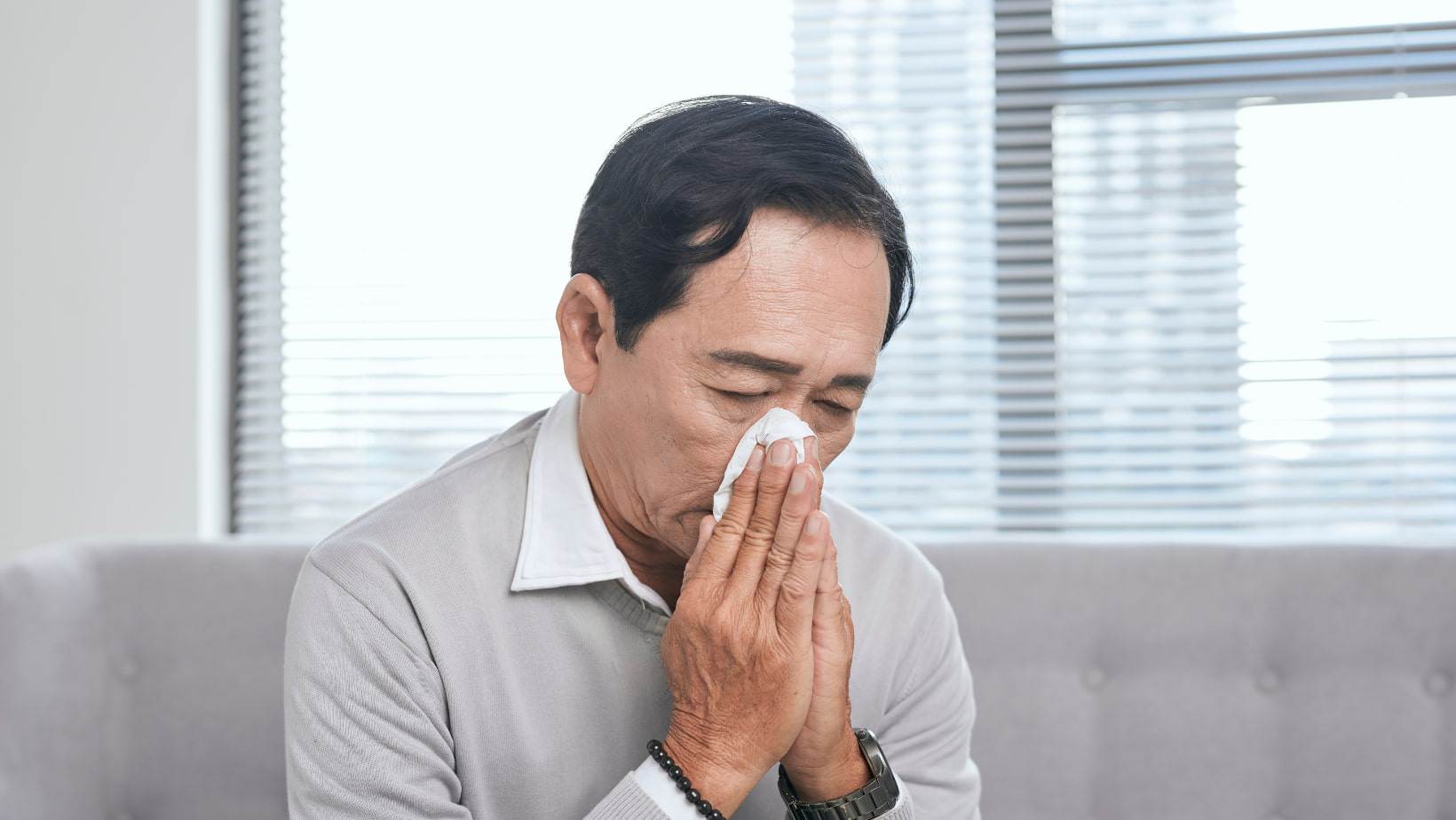
Preventing RSV transmission is crucial, especially for vulnerable populations. Here are some preventive measures:
- Practice good hand hygiene by washing hands frequently with soap and water or using alcohol-based hand sanitizers.
- Avoid close contact with individuals showing signs of respiratory illness.
- Keep surfaces clean by regularly disinfecting hard surfaces that may harbor the virus.
- Limit exposure to crowded places, especially during the RSV season.
- Ensure that caregivers, family members, and healthcare professionals are up to date with RSV vaccinations, if available.
When to get care
If you or your loved one develops symptoms of RSV or experiences severe respiratory distress, it is essential to seek medical care promptly. Healthcare professionals can evaluate the severity of the illness, provide supportive treatment, and monitor for potential complications.
Additionally, individuals at high risk, such as premature infants, those with chronic lung diseases, or weakened immune systems, should consult their healthcare providers for specific recommendations regarding RSV prevention and care.


